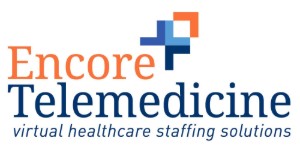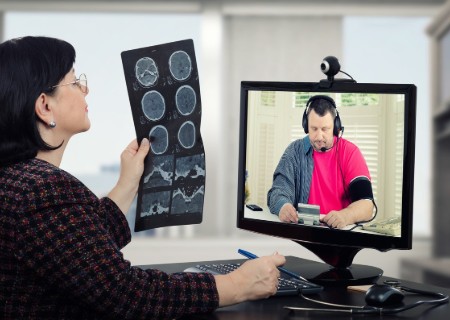It has never been easier to access telemedicine than it is right now, as doctors and healthcare providers all across the country are recognizing in increasing numbers, the tremendous value that it can provide to patients and to themselves. For some time now, there has been a growing disparity between the number of patients requiring healthcare and the number of medical professionals who are qualified to deliver that healthcare.
Even if there were to be a huge increase in the number of individuals pursuing medical careers, it would be nowhere near enough to handle the rapidly increasing numbers of patients requiring care. Part of this is due to the aging of our society, as each new year sees the greatest number of senior citizens which have ever been alive at one time, and many of these seniors require regular medical treatment.
The advent of telemedicine has been a tremendous boon to society, providing the capability for many patients to access healthcare remotely, through a relatively brief telephone call or video-conference session with a medical professional. Compared to doctor office visits, these telemedicine sessions are much quicker, much less costly, and as long as major illnesses or injuries are not involved, can be just as effective. Below you’ll find some of the medical conditions which are ideally suited for using telemedicine, and how you can access telemedicine in your own location.
When Telemedicine is Unsuitable
First of all, it should be pointed out that it’s not really suitable to access telemedicine for any kind of thorough physical examination, because that should only occur during a physical meeting with a doctor, who has access to all the medical tools and equipment which might be used in the process. It is also unsuitable for treating major injuries or illnesses, other than to help stabilize a patient in an emergency, before transfer to a better-equipped facility.
It would also not be appropriate to access telemedicine when there is suspicion of a major illness, and some kind of diagnosis must be prepared by a medical professional, simply because an accurate diagnosis requires physical proximity, wherein a doctor can closely examine all aspects of a patient’s visible symptoms.
Common Uses for Telemedicine
There are, however, a number of situations where telemedicine can be an extremely useful medical tool for delivering healthcare to patients who need it. Telemedicine can be used in situations to diagnose common medical problems like digestive troubles, sore throats, back pain, headaches, and other relatively minor medical conditions. It can also be used for inquiries relative to home treatments of medical issues, saving time for both doctor and patient on a potential office visit.
When chronic diseases or illness are involved, these generally have to be monitored regularly, and telemedicine can handle the check-ins that are required for post-treatment or for regular follow-ups with a physician. Short-term prescriptions and refills of needed prescriptions are easily handled in a telemedicine call, thus eliminating the need for a formal doctor office visit. When a patient is unable to leave his/her home because of sickness or some kind of immobility, a telemedicine session is perfect for substituting for an office visit, which would be impractical under the circumstances.
There are also many times, such as holidays and weekends, or even those times well beyond normal office hours, where a telemedicine session can provide a perfectly reasonable substitute for needed medical care. As long as there is a qualified medical professional on hand to receive the call or to accept a video-conference session, care can be provided in relatively short order.
Accessing Telemedicine
It is normally very easy to access telemedicine services, as long as they have been set up somewhere in your area, either through a hospital or medical facility, or with a physician’s office, normally a practice where a group of physicians have banded together to provide service. The service is generally provided through an online account or a telephone number which is toll-free. Patients in need of a telemedicine session would be required to fill out some basic information about their immediate medical condition, and then request a telemedicine session with a doctor.
The doctor would then accept the request, decline it, if it were impractical for some reason, or schedule a session for sometime in the near future. Assuming the doctor accepted the request, either a phone call would then be initiated or some kind of live video-conference session would be established. This, of course, would be subject to setup arrangements and available technology on both ends.
In some telemedicine sessions, an individual known as the patient presenter would be right with the patient, and this individual would have at least basic medical skills, so that he/she could gather necessary medical data and relate it to the doctor. For instance, taking the patient’s temperature, blood pressure, and other vital signs could prove very useful in diagnosing the patient’s condition. Many patients, if given the chance, would avail themselves of telemedicine services, and if you would like to as well, you can check with your family physician, to determine if it is offered through their office, or through a nearby medical facility.

